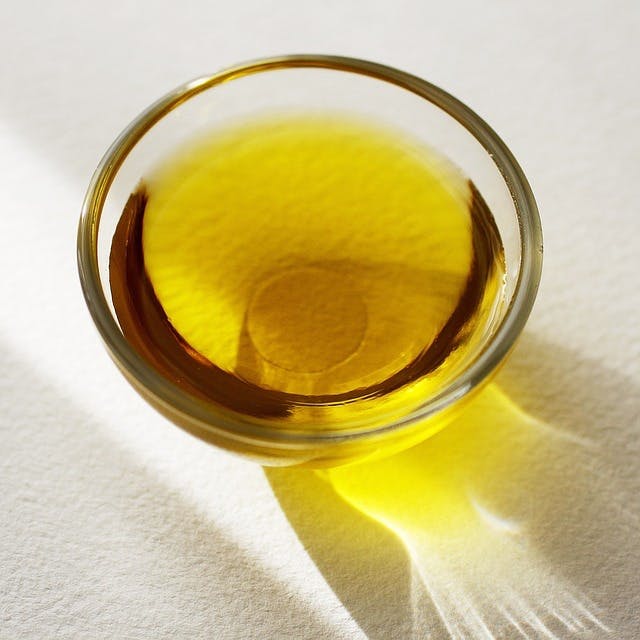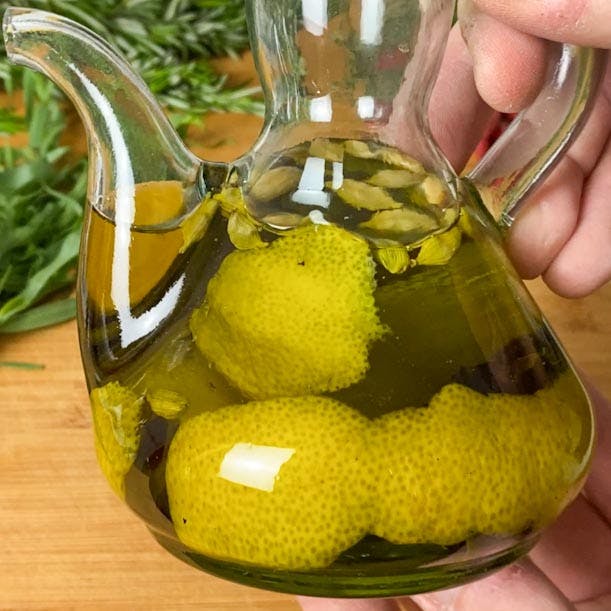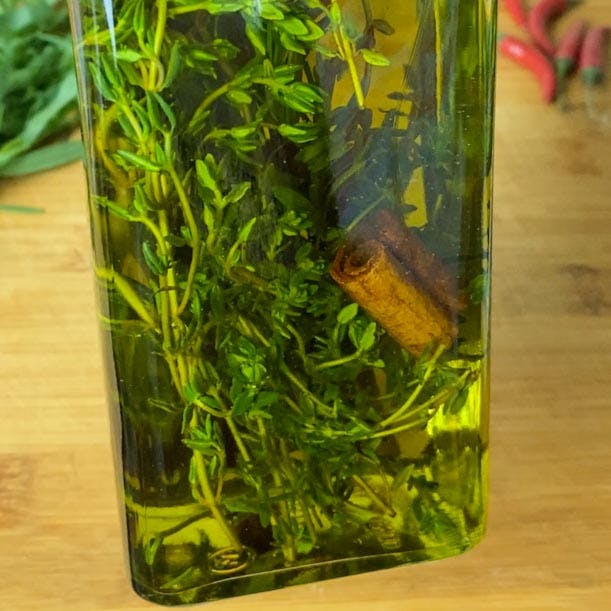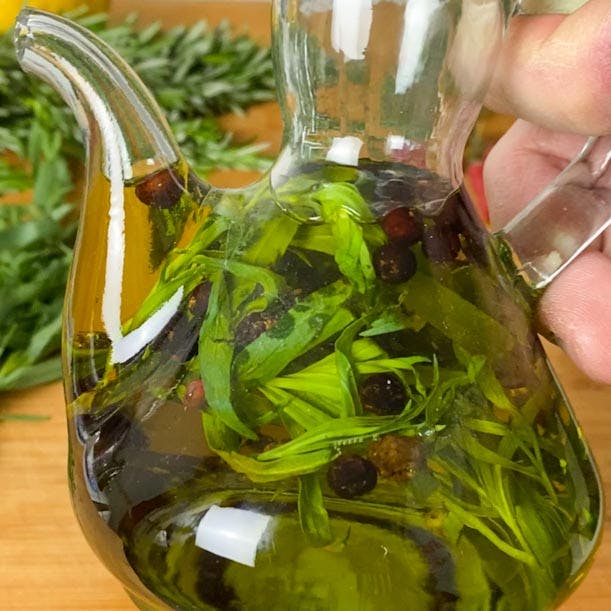How to make homemade Aromatic Oils for cooking
This week I bring you a different recipe and very easy to make. I have prepared some delicious aromatic oils that you can use in countless preparations, both in savoury and sweet dishes.
At this time of the year, it is easy to find all kinds of aromatic herbs in the food market. After the first spring rains, the countryside is filled with unmistakable aromas such as rosemary, thyme and tarragon.

But, before I show you the herbs I have used for the recipes, I would like to tell you about the variety of EVOO (extra virgin olive oil) I have chosen as a base.
"Hojiblanca" oil is one of the most common varieties in Spain. It has a taste reminiscent of fresh grass, has hints of almond and provides a slight spiciness in the mouth. It is ideal for raw recipes, preparing sauces, marinades for meats and blue fish such as salmon or tuna.
I think its mild flavour and herbaceous aromas go perfect with the oils I have made.

Aromatic oils for cooking

Maceration
One of the processes that we need for the oil to be impregnated with the flavour of the ingredients that we will put inside each bottle is maceration. This can be achieved in two ways: resting time or temperature.
If you opt for time, as I have done, you will only have to leave the oil to rest for a week in a dark place, room temperature, in your kitchen, before using it.
If you opt for temperature, you will have to heat the oil bottles in a water bath for 5/10 min. Ensure that the oil temperature does not exceed 40 degrees (104 F), which is perfect for maceration.
Lemon oil

We start with the freshest and lightest tasting oil. Ideal for salads of all kinds, especially seafood.
This oil with vanilla tones would also be fantastic for sweet preparations and even for frying sweet pastries such as doughnuts, "torrijas", and other types of fried food.
Ingredients
- 2 cups/ 1/2 l EVOO
- peel of a whole lemon
- 18 cardamom seeds
- 18 cloves
- 1 vanilla
Spicy oil

For spicy lovers, here is your multi-purpose oil. Ideal for meats, fish, salads, creams and pizzas.
Also very interesting for frying and for making seafood stews.
Ingredients
- 2 cups / 1/2 l EVOO
- 20 small chillies
- 4 cloves of garlic
- 3 bay leaves
Provençal oil

This marvel is designed for meat lovers. The taste of the countryside is packed into a bottle. You can use it on any kind of meat, either raw or to cook with it.
Perfect for basting a steak coming from the grill.
Ingredients
- 2 cups / 1/2 l EVOO
- A good bunch of rosemary
- A good bunch of thyme
- 4 cinnamon sticks
Tarragon oil

Perhaps the most interesting of the four. Its subtle, aniseed flavour makes it perfect for fish dishes such as salmon. But you can also use it for meats, salads and on top of soups of all kinds of vegetables.
Ingredient
- 2 cups / 1/2 l EVOO
- A good bunch of Tarragon
- 14 peppercorns
- 38 juniper berries
Now you know how easy it is to make this type of oil. I recommend you to use your imagination and create your own flavours.
You will see how much fun it is.

Thank you very much for reading me and see you soon.
Have a tasty day.



